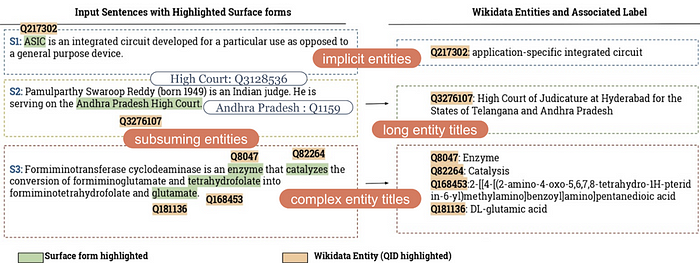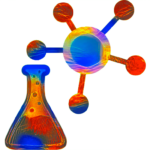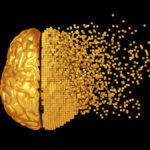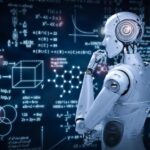Graphs and Knowledge Connexions. The Year of the Graph Newsletter Vol. 22, Autumn 2020
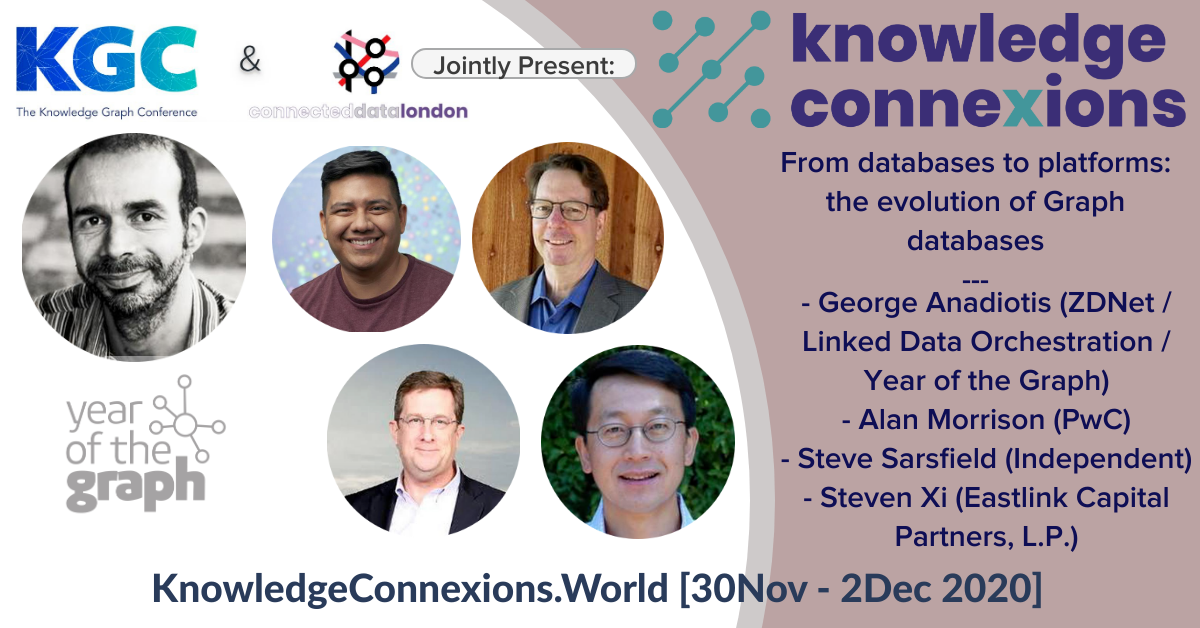
As 2020 is coming to an end, let’s see it off in style. Our journey in the world of Graph Analytics, Graph Databases, Knowledge Graphs and Graph AI culminates in Knowledge Connexions.
The representation of the relationships among data, information, knowledge and –ultimately– wisdom, known as the data pyramid, has long been part of the language of information science. Digital transformation has made this relevant beyond the confines of information science. COVID-19 has brought years’ worth of digital transformation in just a few short months.
In this new knowledge-based digital world, encoding and making use of business and operational knowledge is the key to making progress and staying competitive. So how do we go from data to information, and from information to knowledge? This is the key question Knowledge Connexions aims to address.
Graphs in all shapes and forms are a key part of this.
Knowledge Connexions is a visionary event featuring a rich array of technological building blocks to support the transition to a knowledge-based economy: Connecting data, people and ideas, building a global knowledge ecosystem.
The Year of the Graph will be there, in the workshop “From databases to platforms: the evolution of Graph databases”. George Anadiotis, Alan Morrison, Steve Sarsfield, Juan Sequeda and Steven Xi bring many years of expertise in the domain, and will analyze Graph Databases from all possible angles.
This is the first step in the relaunch of the Year of the Graph Database Report. Year of the Graph Newsletter subscribers just got a 25% discount code. To be always in the know, subscribe to the newsletter, and follow the newly launched Year of the Graph account on Twitter! In addition to getting the famous YotG news stream every day, you will also get a 25% discount code.

This workshop wants to help answer everything you’ve always wanted to ask about graph databases, but did not have the chance to.
We have tons of news in the Graph Database world. Fluree is going open source, after securing a new round of funding. Ontotext announced a new version, 9.4, enabling SQL access to Knowledge Graphs and visual mapping of tabular data to RDF. Neo4j released a new version of its Graph Data Science Library, and a Connector for Apache Spark.
TigerGraph announced free licenses for its Enterprise version for databases up to 50GB, and a partnership with Xilinx for faster Graph analytics using FPGA hardware. TerminusDB released TerminusHub, which enables sharing, building, integrating databases collaboratively. And MarkLogic got acquired by Vector Capital.

A hitherto under the radar graph database that uses blockchain to support data lineage and verification wants to take over the world, starting with the US Department of Defense.
Speaking of graph databases – we have new book releases. “Graph Databases in Action” by Dave Bechberger and Josh Perryman has just been released by Manning Books. It aspires to be a comprehensive overview of Graph DBs and how to build applications using them, working with Apache open source tools (all code examples use Gremlin).
If you are looking for a simpler, getting started book: Graph Databases For Dummies, a Neo4j Special Edition, introduces the basics of graph database technology from building a rich graph data model to deploying your 1st graph-powered application.
Last but not least: Denise Gosnell’s “The Practitioner’s Guide to Graph Data“, and Panos Alexopoulos’ “Semantic Modeling for Data”, both from O’Reilly. The former is more focused on analytics, the latter on data models for knowledge graphs. To learn the theory and practice of those skills from Alexopoulos, and have the chance to win a copy his book, join his KnowCon2020 sessions!
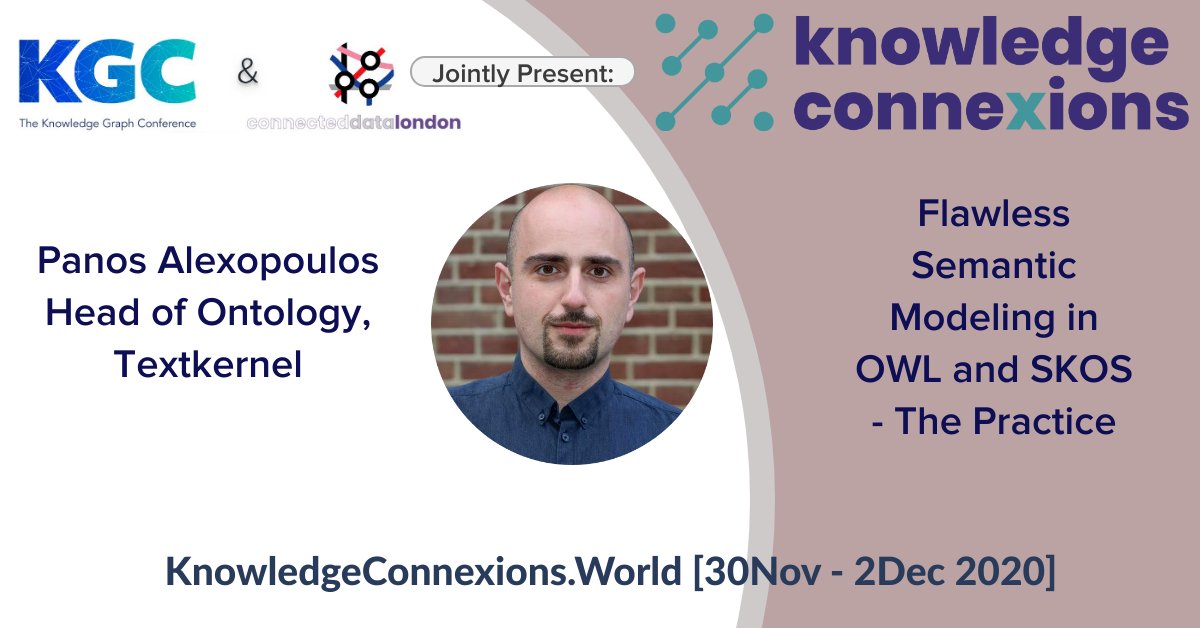
The theory and practice of semantic data modeling, focusing on recognizing and avoiding bad practices when developing ontologies, taxonomies, knowledge graphs and other semantic data artifacts
There are 2 approaches used to model graph-shaped data: property graphs and RDF, or semantic graphs. In a series of posts, Irene Polikoff from Top Quadrant outlines their differences.
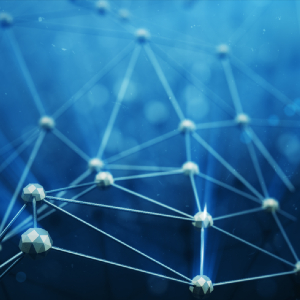
Part 3 completes this article series by discussing some important topics beyond the critical differentiators in the terminology and capabilities of Property Graphs and Knowledge Graphs covered in Parts 1 and 2.
In terms of adoption versus hype, we have mixed messages from Gartner. On the one hand, the Hype Cycle for Artificial Intelligence 2020 places Knowledge Graphs on the Peak of Inflated Expectations. On the other hand, the Hype Cycle for Emerging Technologies 2020 places Ontologies and Graphs on the Trough of Disillusionment.
In reality, none of this matters too much. What matters is that Knowledge Graphs are seeing increasing adoption in the real world. More and more applications based on Knowledge Graphs are being built and deployed, and Knowledge Graph research and innovation is accelerating.
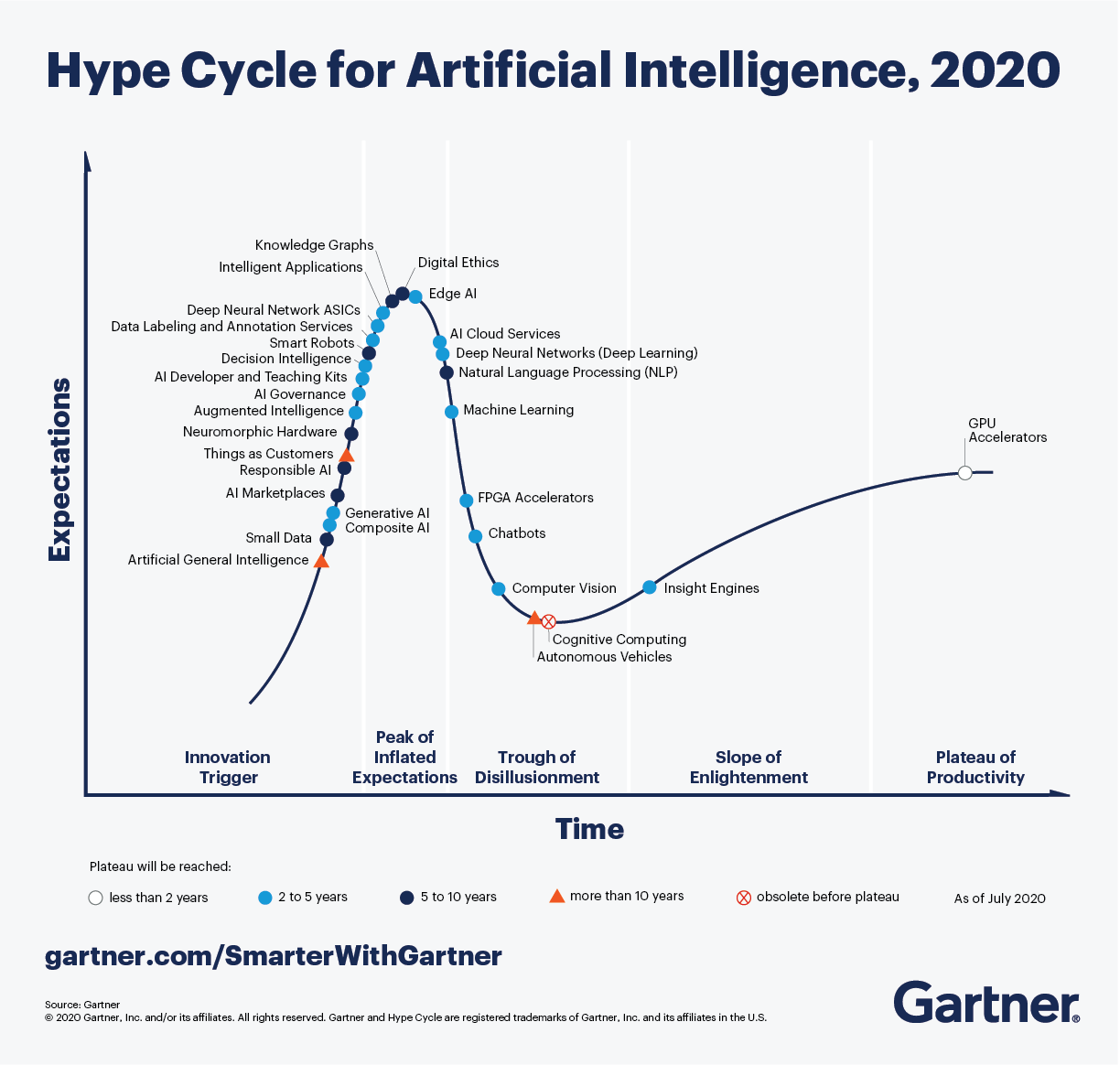
While five new AI solutions enter this year’s Hype Cycle for AI, the democratization of AI and the industrialization of AI megatrends dominate the AI landscape in 2020.
More Gartner. The 2020 Magic Quadrant for Metadata Management Solutions is out, and just like 2019, it includes 2 vendors whose solutions rely on knowledge graphs and semantics. Data.world and the Semantic Web Company with its PoolParty solution – both present in KnowCon2020.

Demand arising from a variety of data and analytics initiatives drives strategic requirements for metadata management solutions. This Magic Quadrant will help data and analytics leaders find the most appropriate vendor and solution for their organizational needs.
Where Deep Learning ends, Knowledge comes to the rescue. Gary Marcus is one of AI’s top minds, and has been a vocal critic of the Deep Learning monoculture for years. He has put forward a well-rounded proposal on how to Reboot AI by infusing it with knowledge, including in the form of knowledge graphs. Marcus will share this vision in KnowCon2020.
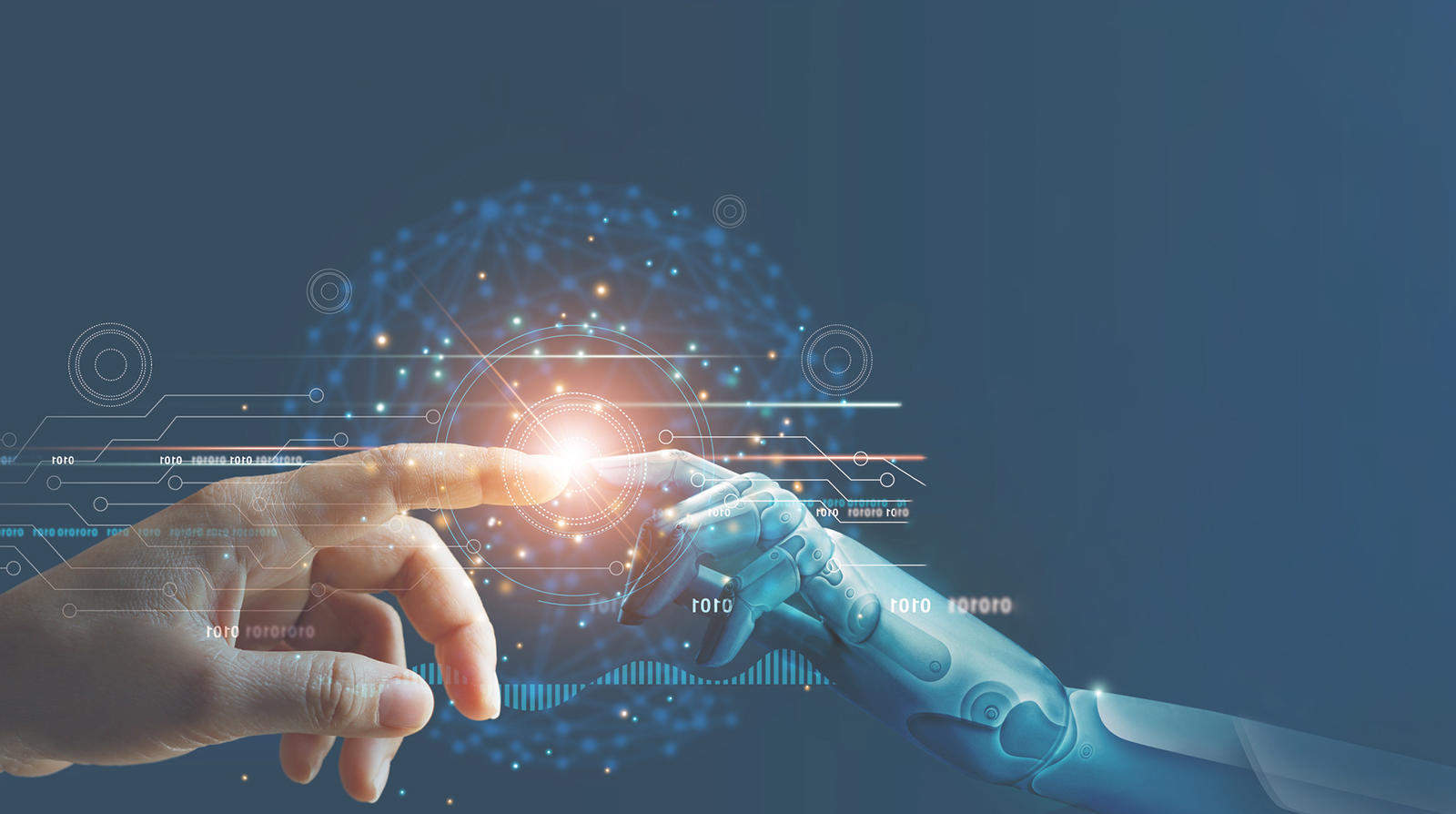
Gary Marcus is one of the more prominent, and controversial, figures in AI. Going beyond his critique on Deep Learning, which is what many people know him for, Marcus puts forward a well-rounded proposal for robust AI
Deep Learning on graphs sounds great, but are there any real applications? While Graph Neural Networks are used in recommendation systems at Pinterest, Alibaba, Twitter, another success story is the Transformer. Here’s how they are connected.
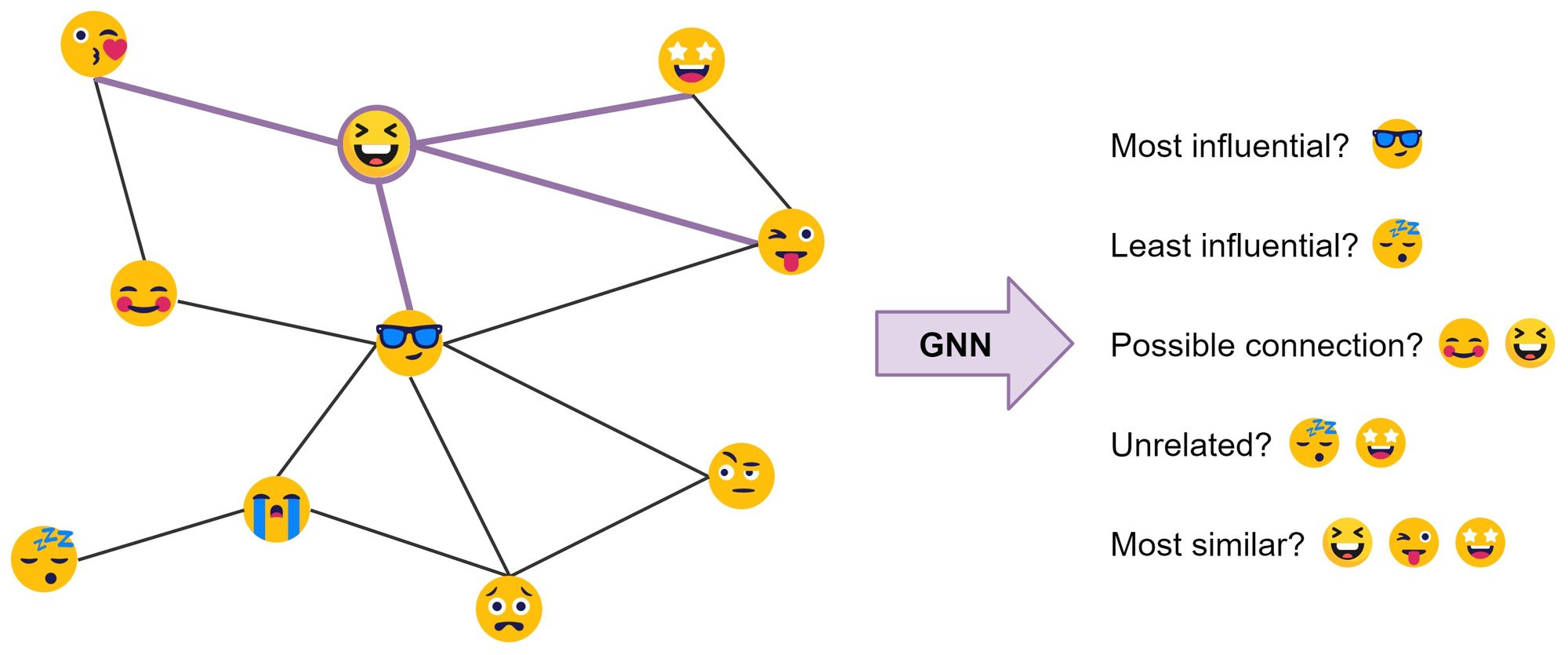
My engineering friends often ask me: deep learning on graphs sounds great, but are there any real applications?
If you want to learn more about Graph AI, there are a few ways to do this. One is to check out these Learning Resources for Graph Neural Networks. GNNs is a relatively new field of Deep Learning, which is getting popular as it proves superior to other machine learning models that work with graph data. Here is a collection of educational resources.
Another way is to join #KnowCon2020, as we have a number of sessions dedicated to Graph AI. #KnowCon2020 features some of the world’s top experts on this topic, such as Michael Bronstein, Ines Chami, and Giuseppe Futia

Graph AI, the intersection of Graphs and Machine Learning, is extraordinarily promising. Knowledge Graphs can help Machine Learning systems bootstrap. Machine Learning can help build Knowledge Graphs.
Hyper-relational knowledge graphs (e.g. Wikidata) enable associating additional key-value pairs with a main triple to disambiguate/restrict validity of a fact. StarE is message passing based graph encoder capable of modeling such hyper-relational KGs. Michael Galkin elaborates.
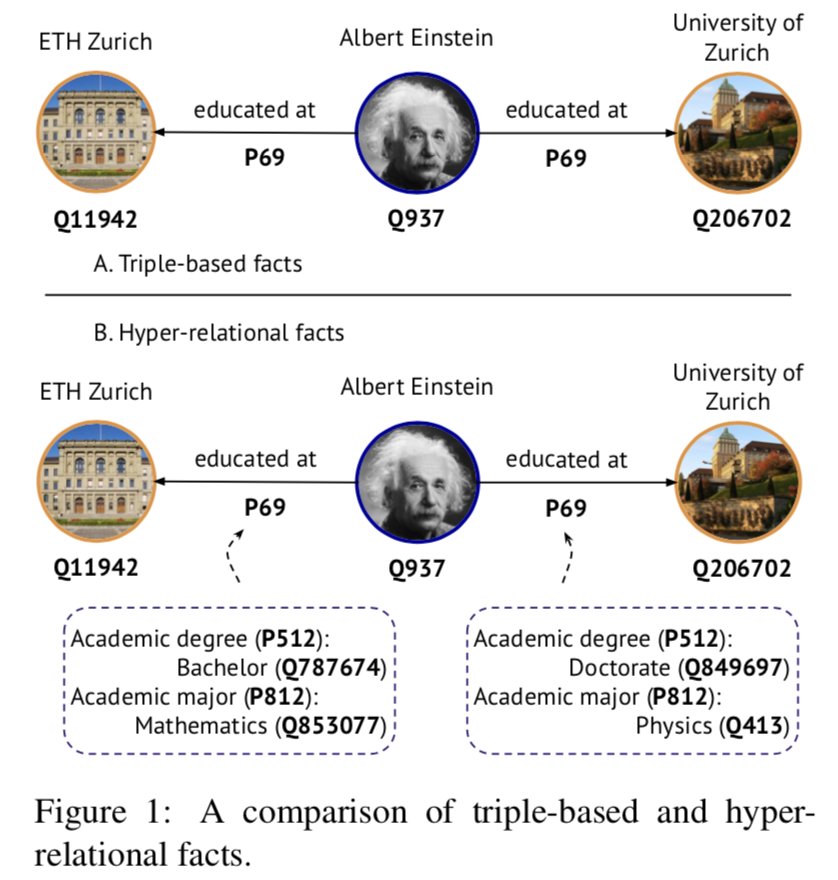
Traditional KGs are based on triples, whereas new KGs like Wikidata use statements and qualifiers to instantiate each edge further making the graph hyper-relational
Wrapping up with Wikidata. Wikidata is an RDF Knowledge Base, and SPARQL is the RDF query language. This SPARQL tutorial addresses people who don’t have previous programming background, to enable them to use Wikidata.
Wikidata is a fantastic open data knowledge graph, but it’s difficult to navigate and query. Navigating means clicking from one item to the next. Querying requires typing in SPARQL. Wikidata Walkabout provides a drill-down data exploration interface.
Wikidata looks like a new superpower Knowledge Graph. Its structure allows for representation of richer relations, and as it is crowd authored, it enables richer information, but introduces several challenges
